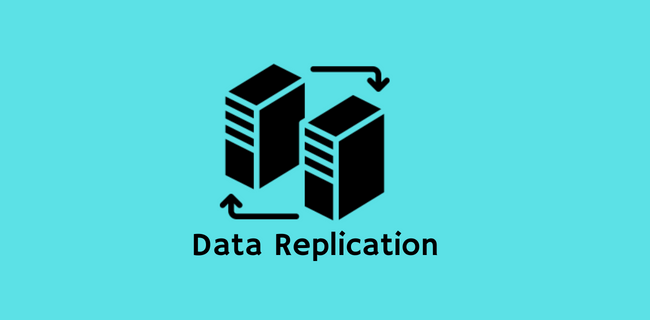
The practice of replicating data involves storing the same information in many places in order to increase data accessibility and availability as well as system resilience and dependability.
Real-time data replication is frequently used for disaster recovery to guarantee that an accurate backup is always available in the event of an emergency, hardware failure, or system breach where data is compromised.
Data access can be accelerated by having a replica, especially in businesses with numerous locations. When accessing data from North American data centres, users in Asia or Europe could experience latency.
Access times can be sped up and the burden on the network balanced by placing a copy of the data close to the user.
Additionally, replicated data can optimise and enhance server speed. Users can access data more quickly when firms operate numerous replicates across many servers.
Administrators can also free up processing resources on the primary server for more resource-intensive write processes by routing all read operations to a replica.
Replication of data has still another meaning in the context of data analytics. Data warehouses are used by data-driven enterprises to store replicated copies of data from various sources, which are then used to power BI applications.
What Is Data Replication?
Data replication is the process of making multiple copies of the same data and storing them in different places to increase data availability and accessibility throughout a network.
A distributed environment is created as a result, allowing local users to access the data they require more quickly and without interfering with other users.
How to replicate filters for security?
A database can be replicated in a variety of ways. As diverse methods range in completeness, simplicity, and speed, they each provide unique advantages. The best method to use will depend on how businesses store their data and what use the replicated data will be put to.
There are two forms of data replication with regard to the timing of data transfer:
1. Asynchronous
When data is transferred from the client to the model server—the server that the replicas get their data from – it is referred to as asynchronous replication.
The client receives a confirmation ping from the model server that the data has been received. The process then proceeds to copy data to the copies at an arbitrary or controlled rate.
2. Synchronous
Synchronous replication is the process of copying data from the client server to the model server, then replicating it to every replica server without first informing the client.
This requires more time to verify than the asynchronous approach, but it has the benefit of letting you know that all data was copied before moving on.
